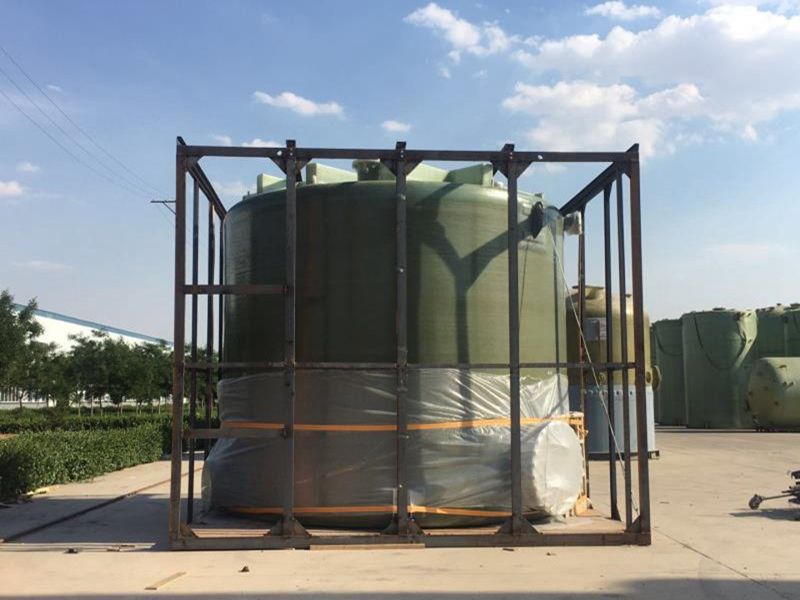
-
 Afrikaans
Afrikaans -
 Albanian
Albanian -
 Amharic
Amharic -
 Arabic
Arabic -
 Armenian
Armenian -
 Azerbaijani
Azerbaijani -
 Basque
Basque -
 Belarusian
Belarusian -
 Bengali
Bengali -
 Bosnian
Bosnian -
 Bulgarian
Bulgarian -
 Catalan
Catalan -
 Cebuano
Cebuano -
 China
China -
 China (Taiwan)
China (Taiwan) -
 Corsican
Corsican -
 Croatian
Croatian -
 Czech
Czech -
 Danish
Danish -
 Dutch
Dutch -
 English
English -
 Esperanto
Esperanto -
 Estonian
Estonian -
 Finnish
Finnish -
 French
French -
 Frisian
Frisian -
 Galician
Galician -
 Georgian
Georgian -
 German
German -
 Greek
Greek -
 Gujarati
Gujarati -
 Haitian Creole
Haitian Creole -
 hausa
hausa -
 hawaiian
hawaiian -
 Hebrew
Hebrew -
 Hindi
Hindi -
 Miao
Miao -
 Hungarian
Hungarian -
 Icelandic
Icelandic -
 igbo
igbo -
 Indonesian
Indonesian -
 irish
irish -
 Italian
Italian -
 Japanese
Japanese -
 Javanese
Javanese -
 Kannada
Kannada -
 kazakh
kazakh -
 Khmer
Khmer -
 Rwandese
Rwandese -
 Korean
Korean -
 Kurdish
Kurdish -
 Kyrgyz
Kyrgyz -
 Lao
Lao -
 Latin
Latin -
 Latvian
Latvian -
 Lithuanian
Lithuanian -
 Luxembourgish
Luxembourgish -
 Macedonian
Macedonian -
 Malgashi
Malgashi -
 Malay
Malay -
 Malayalam
Malayalam -
 Maltese
Maltese -
 Maori
Maori -
 Marathi
Marathi -
 Mongolian
Mongolian -
 Myanmar
Myanmar -
 Nepali
Nepali -
 Norwegian
Norwegian -
 Norwegian
Norwegian -
 Occitan
Occitan -
 Pashto
Pashto -
 Persian
Persian -
 Polish
Polish -
 Portuguese
Portuguese -
 Punjabi
Punjabi -
 Romanian
Romanian -
 Russian
Russian -
 Samoan
Samoan -
 Scottish Gaelic
Scottish Gaelic -
 Serbian
Serbian -
 Sesotho
Sesotho -
 Shona
Shona -
 Sindhi
Sindhi -
 Sinhala
Sinhala -
 Slovak
Slovak -
 Slovenian
Slovenian -
 Somali
Somali -
 Spanish
Spanish -
 Sundanese
Sundanese -
 Swahili
Swahili -
 Swedish
Swedish -
 Tagalog
Tagalog -
 Tajik
Tajik -
 Tamil
Tamil -
 Tatar
Tatar -
 Telugu
Telugu -
 Thai
Thai -
 Turkish
Turkish -
 Turkmen
Turkmen -
 Ukrainian
Ukrainian -
 Urdu
Urdu -
 Uighur
Uighur -
 Uzbek
Uzbek -
 Vietnamese
Vietnamese -
 Welsh
Welsh -
 Bantu
Bantu -
 Yiddish
Yiddish -
 Yoruba
Yoruba -
 Zulu
Zulu
Acid Storage Tank Solutions | Safe & Reliable Storage Systems
Understanding Acid Storage Tanks Essential Safety and Compliance Measures
Acid storage tanks play a critical role in industries that utilize corrosive substances, such as chemical manufacturing, metal processing, and waste treatment. These tanks are specifically designed to store acids safely and securely, minimizing the risk of leaks, spills, or chemical reactions that could pose a threat to the environment and human health. Understanding the fundamental aspects of acid storage tanks is vital for ensuring compliance with safety regulations and protecting both workers and the surrounding community.
Design and Materials
The design of an acid storage tank is crucial in determining its effectiveness and safety. These tanks are typically constructed from specialized materials that can withstand the corrosive nature of acids. Common materials used include fiberglass reinforced plastic (FRP), polyethylene, and stainless steel. The choice of material depends on the type of acid being stored, with each material offering varying levels of resistance to different chemical compositions.
Moreover, tanks must be designed with proper ergonomic and structural integrity to handle the specific acid properties, such as density and volatility. Features like secondary containment systems, which provide an extra layer of protection against leaks, are often mandatory.
Regulatory Compliance
Industries using acid storage tanks must adhere to a stringent set of regulations and guidelines designed to ensure safety and environmental protection. In many jurisdictions, authorities require manufacturers to comply with regulations set forth by organizations such as the Environmental Protection Agency (EPA) in the United States. These regulations cover aspects such as tank construction, installation, maintenance, and monitoring.
acid storage tank

Regular inspections are a key component of regulatory compliance. Facilities must routinely check for signs of wear and tear, corrosion, and structural integrity to ensure that tanks are functioning as intended. Not only do these inspections comply with legal requirements, but they also serve to protect workers and the environment from dangerous chemical exposure.
Safety Measures
Safety measures in the context of acid storage tanks extend beyond adherence to regulations. Facilities must implement comprehensive safety protocols that include training for employees, spill containment plans, and emergency response procedures. Employees should be well-versed in the potential hazards associated with the acids they handle and the proper procedures for dealing with spills or leaks.
Additionally, the implementation of monitoring systems can help detect leaks early, allowing for rapid response to mitigate any potential hazards. Automated systems that monitor tank levels and detect chemical vapors are invaluable in maintaining a safe working environment.
Conclusion
Acid storage tanks are indispensable in various industrial processes, but they pose significant risks if not managed correctly. By understanding the design, material selection, regulatory requirements, and safety measures associated with these tanks, companies can effectively minimize risks and ensure compliance with safety standards. In doing so, they protect not only their employees but also the environment, thus promoting a culture of safety and responsibility in the workplace. Proper management of acid storage tanks is not just an operational necessity but a commitment to sustainable practices that prioritize health and safety.









